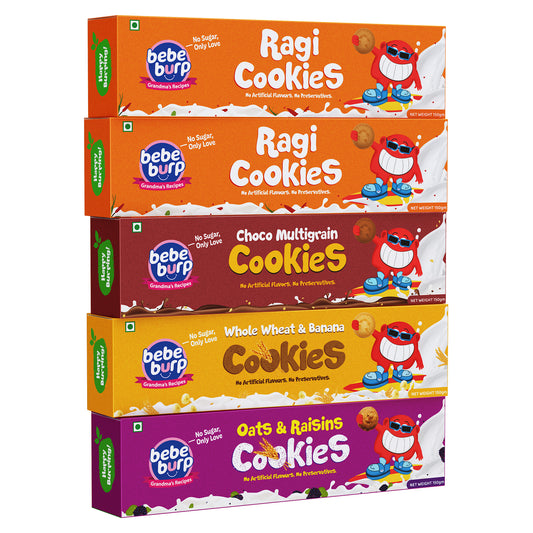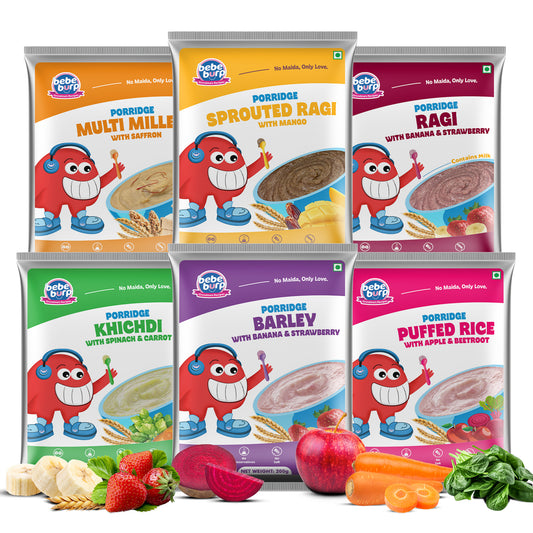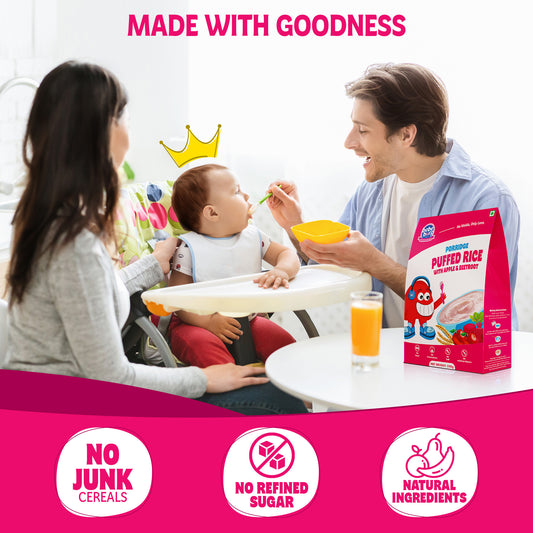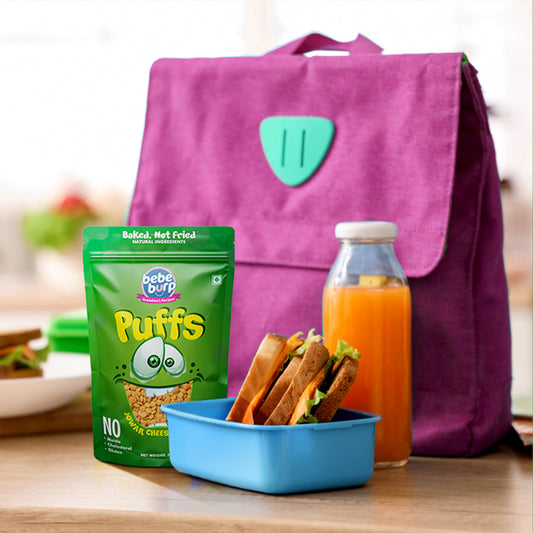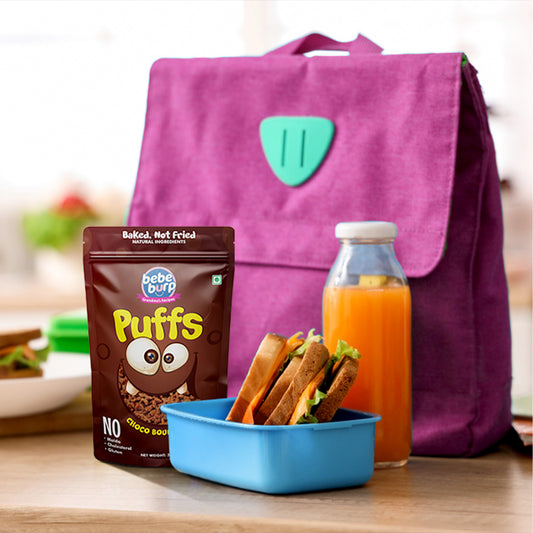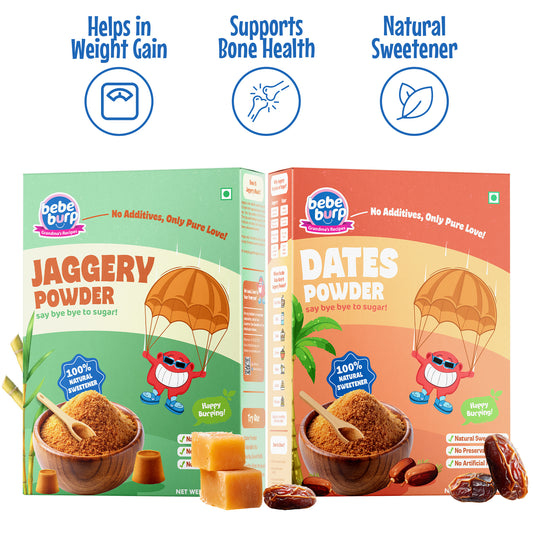To change a new baby formula, you should check with your doctor first to see whether the new formula is safe for your baby. Once your doctor agrees, pick the new formula and start slowly.
Mix a small amount of the new formula with the old one during feeding. Over the next few days, increase the amount of new formula and reduce the old one. Oversee your baby.
You can switch baby formula completely to the new formula when your baby is cheerful, usually fed, and does not have any stomach problems.
Not all babies are used to this, and it is alright. However, consult your doctor immediately and stop the new formula in case your baby becomes quite fussy, develops a rash, or diarrhea.
Can You Switch Baby Formula?
Of course, you may. Although continuity is essential in the case of infants, the practice of changing baby formula is safe, at least most of the time, when it is done in consultation with paediatricians.
Formulas exist in several types, among them:
- Formula milk, made of cow products
- Soy-based formula
- Hydrolysed formula (milk-sensitive baby)
- Special colic, gas, or reflux formulas, or lactose-free formulas
Babies respond better to one kind or the other, and finding the best fit could involve trial and error.
When to Switch Baby Formula
Sometimes a formula change is required. In other cases, it can be the issue of monitoring the ways your baby behaves and how he is doing.
Physical and behavioral signs your baby may need a new formula
The following are some of the symptoms that can indicate that your baby is not responding to their present formula well:
- Regular spitting up or vomiting
- Gas or bloating Chronics
- Diarrhoea or constipation
- Rashes on the skin/eczema
- Gross fussiness, or irritability
- Doesn't gain weight or have feeding problems
Never change the diet of your baby on your own without a paediatrician.
How to Safely Switch Baby Formula
Step-by-Step Guide to Switching Baby Formulas
Here is a sweet way of doing the changing over:
See Your Paediatrician
When your baby has some medical issues, always consult their doctor first before any change is made.
Choose the New Formula Cautiously
To select the one that would suit your baby regarding age and other needs. Remember the difference in ingredients (such as dairy vs. soy or hypoallergenic mixes).
Gradually Change your Transition (as necessary)
- Day 1–2: ¾ old formula + ¼ new formula
- Day 3–4: ½ old formula + ½ new formula
- Day 5–6: ¼ old formula + ¾ new formula
- Day 7: 100% new formula
Look out Reactions
Observe your child, what they do, their faeces, and their comfort level.
Practice It for at Least a Week
It takes time to adjust to it - small things such as gas or somewhat different stools are normal.
Pro Tip: Maintain a consistent bottle and feeding schedule, as much as possible.
Explore the full 6+ month range here: Bebe Burp Baby Food Collection
Side Effects of Switching Baby Formula
How to Identify Side Effects
When switching formulas, mild changes are common. However, serious symptoms should raise concern:
-
Severe diarrhea or vomiting
-
Hives, rashes, or swelling
-
Extreme fussiness
-
Blood in stool
- Refusing feeds entirely
These could indicate an allergy or intolerance.
When to Consult a Doctor in Case of Side Effects
Call your child's doctor for the class they attend:
- Constant vomiting or diarrhoea (over 24 hours)
- The presence of weight loss or dehydration symptoms (sunken eyes, absence of tears and dry mouth)
- Allergic reactions (swelling, hives, trouble with breathing)
How Long Does It Take for a Baby to Adjust to Formula Change?
The majority of babies can accept the new formula in 5-7 days, but it may take as long as 2 weeks. At this stage you can observe:
- Alterations in the color or the consistency of the stool
- Temporary gassiness
- Mild fussiness
The most important thing is patience. In case your baby is not too ill, provide it time in order to adapt to the situation before attempting another switch.
Switching from Breastfeeding to Formula
Swapping breastmilk to formula? To smoothen the process, this is how to do it:
- The baby should take one feed of formula per day and continue breastfeeding.
- Gradually add formula feedings during 12 weeks.
- Express by pump or hand to alleviate pain and subsequently cut the milk supply.
- Select a formula that is close to breast milk in taste and in texture.
The comforter and bonding time at feeding time is equally important over the source of milk.
Final Thoughts: Switching Formula the Right Way
Changing a baby formula is not one size fits all matter. A level and proper approach (and that of your pediatrician) is all you need to make the transition as smooth as possible to your little one.
Be on guard, take it slowly and follow your feelings. You should just keep in mind that each one is a special baby and it might need some time to find the right formula.
FAQs
Q1: Is it possible to directly change factory brands?
Ans: Yes, but in most cases, a gradual transition is recommended for your baby's digestion.
Q2 Does the poop of a baby change when changing formulas?
Ans: Absolutely. It can be colored and thicker or thinner within the first few days as your baby gets used to it.
Q3: Does switching formulas bring on gas or colic?
Ans: Mild gas is usual at the beginning. Whenever it gets worse, you should check with your doctor in order to reevaluate.
Q4: Is it fine to test different formulas?
Ans: Yes, but no constant changes. Allow every new recipe time to take effect.
Q5: What is the closest formula to breastmilk?
Ans: Powder formulas with brand names like gentle or comfort usually have sensitively digested proteins instead of breastmilk in the formulas.



